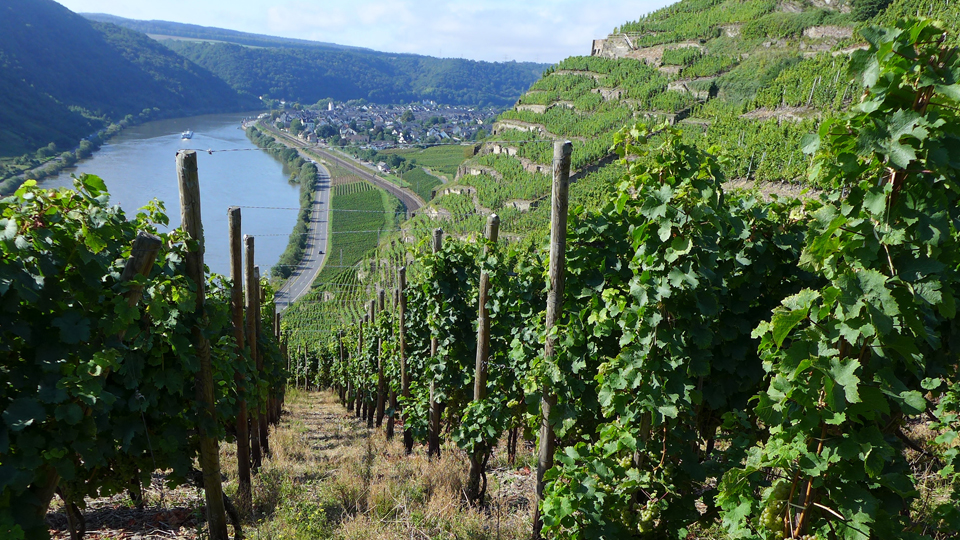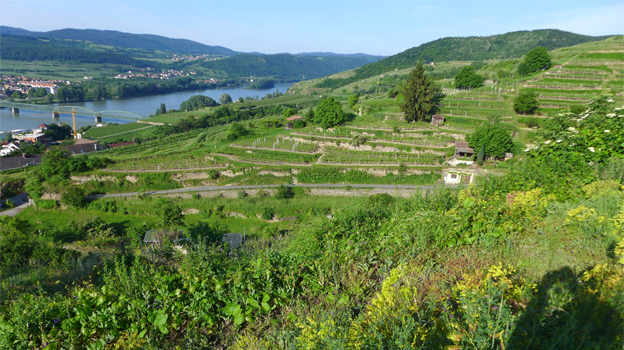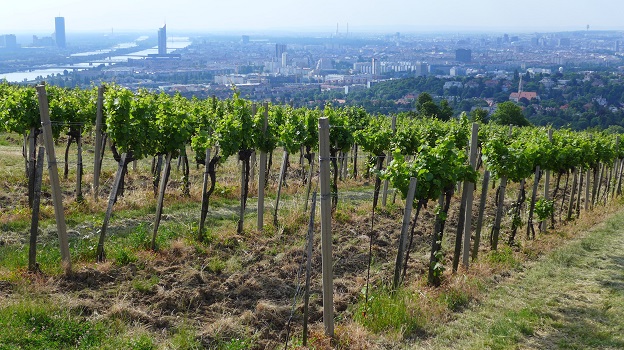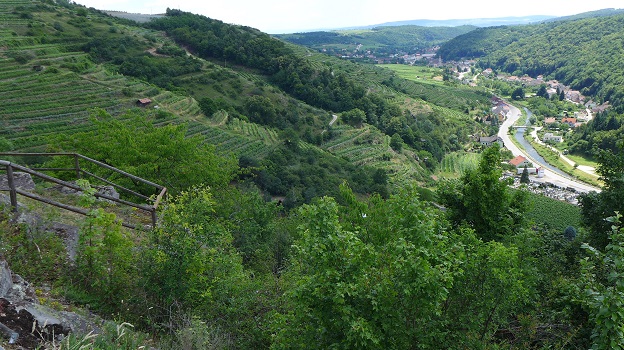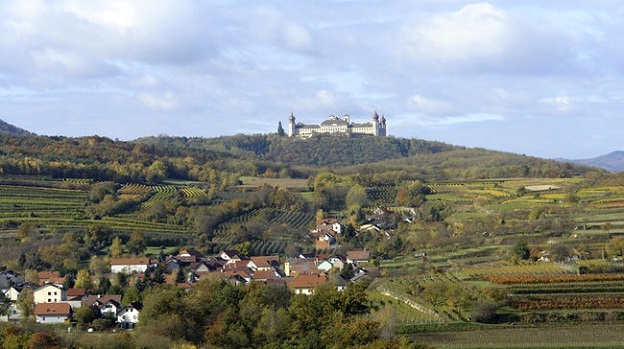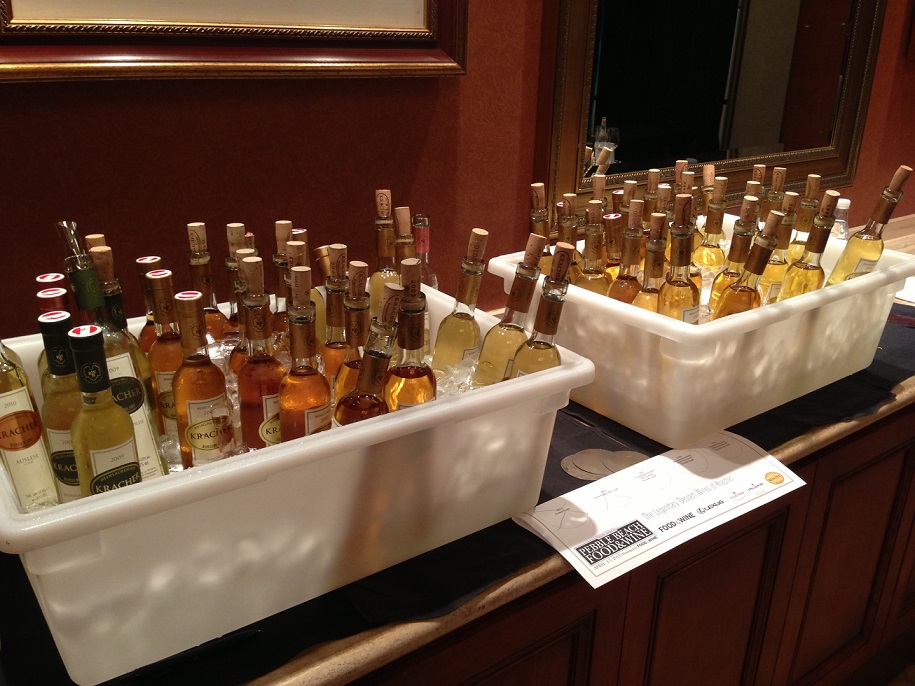Browse using the new Vinous website now. Launch →
Vintage Preview – 2017 in Austria and Germany
Germany, Austria, featured
, Sep 2017
It seems as though the climatic changes that help explain so many 21st century Riesling growing seasons of unprecedented extremes in weather are having this additional effect: For the third year in a row, in 2017 one can characterize the growing season for Riesling in Bernkastel on the Mosel in very similar terms to that in Krems on the Danube, exactly 400 crow-flying miles distant.
Austria’s 2015 Rieslings & Grüner Veltliners: Ripe & Ready
Austria, featured
, Feb 2017
Two thousand-fifteen, a stress-free vintage for growers, overflows with generous, lovely wines that belie mid-summer drought and record-setting heat.
Austria 2014: A Catastrophe? Not Qualitatively!
Austria, featured
, Feb 2016
At several stages, the 2014 growing season in Austria’s Riesling and Grüner Veltliner-dominated growing regions offered a near mirror image of conditions in 2013. Yet, meteorological opposites though they often seem when viewed on a month-by-month basis, each ended-up delivering wines comparatively high in dry extract, pronounced in acidity and low in alcohol. The deviations from the norm in 2014, though, were extreme. And only very selectively could growers achieve ripeness and depth of flavor—not to mention aromatic and textural allure—that could be compared with the norms of downright sensational 2013.
2013: A Great Vintage for Austrian Riesling and Grüner Veltliner
Austria, featured
, Nov 2015
Despite a growing season marked by a dry summer that was statistically among the five hottest of the last century, Austria’s 2013 Rieslings and Grüner Veltliners display exceptionally bright acidity, clear flavor definition and uncanny complexity.
Austria 2013
Austria, featured
, Sep 2015
I found growers in high sprits when discussing their 2013s. After extremely low yields in both 2012 and 2010 caused commercial difficulties for many estates, the more bountiful 2013 also brought relief in terms of production levels. Given that 2014 will again be very short in volume and largely mediocre in quality, consumers should carefully scout the available selection of 2013s at their local wine shops in order to buy the best bottles while they are still to be found.
Austria 2012 and 2011
IWC, Austria
, Dec 2013
Although he prefers cooler vintages, Lucas Pichler from Oberloiben in the Wachau is pleased with 2012
Kracher: A Brief Essay 2003-2010
Austria, Verticals & Retrospectives
, Jun 2013
Listening to Gerhard Kracher talk about his family can only be described as emotional. Kracher’s grandfather, Alois Sr., was chronically undernourished and was thus mistaken for a boy and spared by the Nazis during World War II. Kracher’s father, Alois Jr. ‘Luis’, was one of the most beloved figures in the world of wine. Luis Kracher put his estate on the map with a series of stunningly beautiful and rich dessert wines that showed the world what was possible with meticulous viticulture and inspired winemaking.
Austria 2008: Rising to the Challenge
IWC, Austria
, Nov 2009
In many respects, Austrias 2008 vintage follows 2007 seamlessly.
Austria 2007: Light, Fresh and Classic
IWC, Austria
, Nov 2008
After a vintage like 2006, which brought so many potent white wines, wine lovers should be pleased about the moderate alcohol content, vibrant acidity and elegant fruit of the 2007s.
Austria '06: The Year of Gruner Veltliner
IWC, Austria
, Nov 2007
Austrias 2006 vintage frequently brought quite powerful white wines, particularly in Lower Austria (Niederösterreich).

